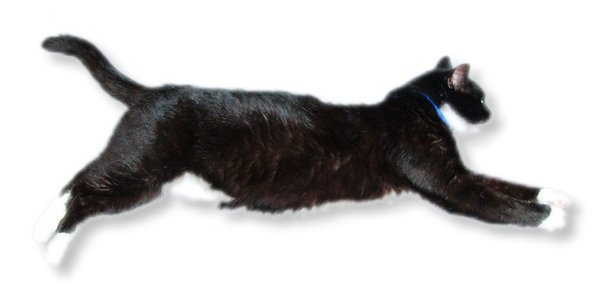Pine Litter: The Natural Way to Keep Your Cat's Box Fresh
Wiki Article

Recently, the trend towards eco-conscious living has encompassed every aspect of our lives, including our cherished animals. As family pet owners end up being increasingly knowledgeable about the environmental impact of their furry friends, the demand for natural cat litter has surged. However just what is natural cat litter, and why should family pet owners think about making the switch? In this thorough guide, we'll dive into the world of natural cat litter to explore its advantages, choices, and everything else you need to know.
As ecological awareness grows amongst animal owners, the quest for sustainable cat litter alternatives has actually taken center phase. Conventional clay-based litters, while popular, present environmental concerns due to their non-biodegradable nature and the environmentally extensive procedure of clay extraction. This has caused a rise in interest for environmentally friendly alternatives that guarantee to be kinder to the planet without compromising on efficiency. This short article digs into the world of cat litter alternatives, highlighting their benefits, drawbacks, and what to think about when making the switch.
Clay-based feline litters, particularly those that are non-clumping, have actually been the go-to option for decades due to their absorbency and smell control homes. Nevertheless, their environmental footprint is worrying. The mining of salt bentonite, a key part in clumping clay litter, is disruptive to ecosystems. Additionally, these litters do not deteriorate, contributing to land fill waste. Furthermore, the dust from clay litters can be hazardous to both human and feline respiratory systems, triggering pet owners to look for healthier, more sustainable options.
Eco-friendly options are made from a variety of plant-based materials, consisting of recycled paper, wood pellets, corn, wheat, and walnut shells. These materials not only break down naturally in the environment however also typically come from eco-friendly resources, minimizing the ecological effect associated with their usage.
Recycled Paper Litter is made from post-consumer paper waste, turned into pellets or granules. It's extremely absorbent, virtually dust-free, and perfect for cats and owners with breathing sensitivities. Nevertheless, it may not control smells as efficiently as other products and typically does not clump.
Wood Pellets, sourced from lumber scraps, offer a natural pine fragrance that reduces the effects of odors without synthetic fragrances. They're low in dust and take in moisture well, developing into sawdust when wet. The sawdust can be sifted out, making the litter last longer, though some felines may not prefer the bigger pellet size.
Corn and Wheat Litter are known for their clumping ability, comparable to clay litters, making clean-up easy. They're naturally degradable and compostable, with natural enzymes that assist control smells. Nevertheless, they can be pricier than conventional litter and might attract bugs if not kept properly.
Walnut Shell Litter uses the natural absorbency of crushed walnut shells, using excellent odor control and clumping homes. It's dust-free and environmentally friendly but can be more pricey and may not be appropriate for felines with nut allergic reactions.
Silica gel litter, made from silica dioxide sand, oxygen, and water, is another alternative to clay. It's highly absorbent, manages smells effectively, and is low dust. While not naturally degradable, it's lighter and can last longer than clay litter, needing less regular cat litter box enclosure modifications. However, its higher cost point and the texture, which some felines might discover off-putting, are considerations for potential users.
Cats can be specific about their litter. Slowly introduce the new litter by mixing it with the old, increasing the proportion of the brand-new litter with time to allow your cat to adjust.
Environmental Impact: Think about the lifecycle of the litter product, from production to disposal, to guarantee it lines up with your ecological values.
Health and Safety: Choose dust-free or low-dust choices to safeguard both your and your feline's breathing health. Make sure the litter is complimentary from chemicals or fragrances that could harm your pet.
Cost: While some alternatives may be more expensive upfront, their longevity and the amount required per change can make them affordable in the long run.
The Future of Cat Litter Alternatives
The cat litter alternatives trend towards Modern Litter Boxes sustainable pet care products is growing, with innovations in cat litter alternatives leading the way. Future developments may include more efficient biodegradable materials, enhanced smell control and clumping innovations, and even litter made from upcycled waste items. As customer need for environment-friendly items increases, we can expect to see a wider range of alternatives that don't jeopardize on benefit or efficiency.
The shift towards sustainable cat litter options is not just a trend but a reflection of a growing awareness of ecological concerns amongst family pet owners. While conventional clay litters have dominated the market for years, the selection of eco-friendly and ingenious materials now offered offers appealing alternatives for those seeking to decrease their ecological footprint. By considering aspects such as ecological impact, health and safety, and feline acceptance, pet owners can make educated choices that benefit both their furry companions and the planet. As the market develops, the future of cat litter looks greener than ever, promising a win-win situation for cats, their owners, and the environment.